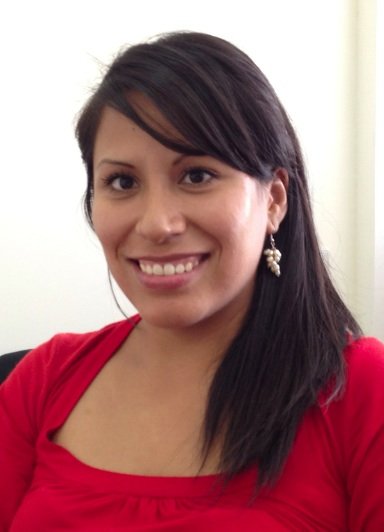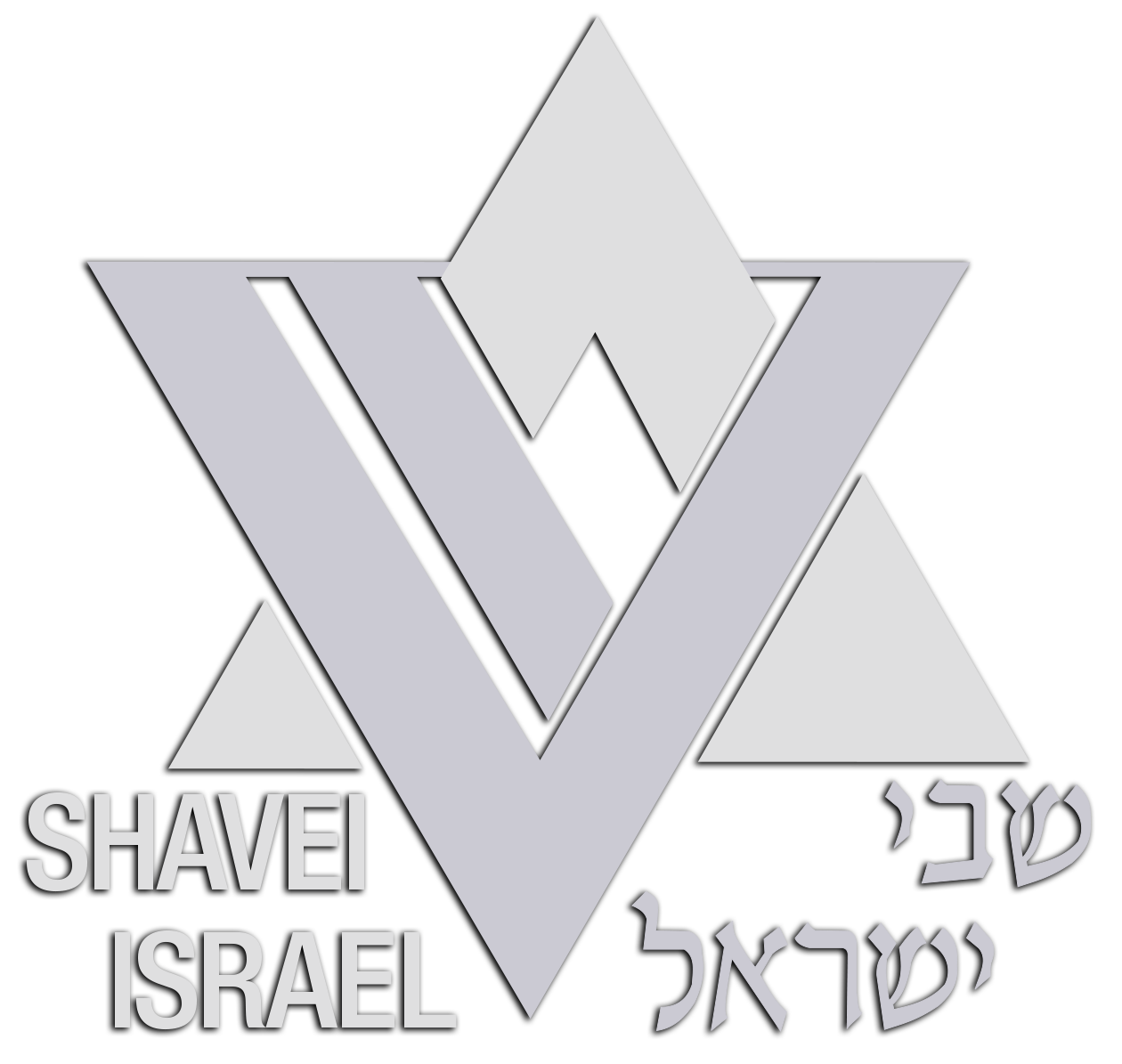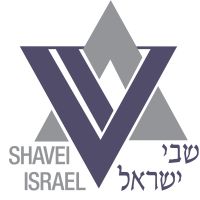
Shavei Israel returns to Peru with new outreach to the Bnei Moshe

Yehudit Jaksa, a member of the Bnei Moshe from Peru now living in Israel
In 2002, bombs were blowing up on buses and in cafes across Israel. Thousands of Israelis were killed or wounded. Israel’s chief rabbis made frequent visits to the country’s hospitals to provide solace and spiritual support.
During one of those visits, then-Chief Rabbi Yisrael Meir Lau met a very unusual man: his features were clearly Peruvian, but he also had peyot (traditional Jewish sidelocks). Unfamiliar with this combination of facial features and hair, Rabbi Lau turned to the man and asked plainly, “Who are you?”
The man replied, “I am from the Bnei Moshe. We are from Peru.”
“How can I help you?” Rabbi Lau asked.
“Please help my family, my relatives and my community to come to Israel,” the man said.
The man then told Rabbi Lau the remarkable story of his people. The Bnei Moshe (also called the “Incan Jews”) do not claim Jewish ancestry. In 1958, brothers Alvaro and Segundo Villanueva Correa read the Torah and decided to embrace Judaism. They formed a community of like-minded families and individuals who found their spiritual truth in Judaism. They began to keep Shabbat, the Jewish holidays and the laws of kashrut. Their deepest desire was to formally join the Jewish people. But they didn’t know how – or even if the Jewish people still existed. Indeed, at that point, they did not know there was a connection between the Biblical Israelites and the modern state of Israel.
The Correa brothers were from the town of Cajamarca. The community expanded over the ensuing decades to the country’s capital of Lima and to the city of Trujillo where the largest group of Bnei Moshe are today. As the community grew, they built their own version of the Biblical tabernacle in the desert outside Trujillo. They called it Milagro, which means “miracle” in Spanish. Later, as they learned more about Judaism, they converted the tabernacle to a more modern synagogue. The community eventually reached over 500 people.
After his surprising hospital visit, Rabbi Lau asked Shavei Israel if the organization could take responsibility for this unique community. In 2004, Shavei Israel staff, including Chairman Michael Freund and Shavei Israel educational director Rabbi Eliyahu Birnbaum, flew to Peru to understand more about the Bnei Moshe. Over the course of the next two years, Shavei Israel helped nearly 200 Bnei Moshe convert to Judaism and subsequently immigrate to Israel.
“We expected that we would continue with our work in Peru,” says Rabbi Hanoch Avitzedek, who manages the Bnei Moshe outreach for Shavei Israel. But then a change of government in Israel stopped the process. “The Bnei Moshe have been waiting for ten years now.”
That impasse may be finally coming to an end. Rabbi Avitzedek believes the current Israeli government may demonstrate more flexibility and openness when it comes to the Bnei Moshe.
To that end, Shavei Israel Chairman Michael Freund dispatched Rabbi Avitzedek on a three-week fact finding mission to Peru. With so much time having elapsed since the last aliyah, he needed to scope out the lay of the land again, almost from scratch. He interviewed almost 300 people in Trujillo. With so many people to meet and time being of the essence, Bnei Moshe members from outside the town traveled to Trujillo in order to meet with Rabbi Avitzedek.
“It’s not clear yet what we’re going to do, but the community is very strong,” Rabbi Avitzedek says. “They are speaking Hebrew and learning Torah at very high levels. They did this all by studying through the Internet, taking Talmud lessons directly with rabbis via the web. This kind of technology didn’t exist when we were last working in Peru in 2004.”
Rabbi Avitzedek is clearly impressed. “The community is really incredible. People have such huge faith and knowledge,” he says. “In each home is a copy of the Shulchan Aruch (Rabbi Yosef Karo’s 16th century Code of Jewish Law) in Spanish. They know the Bible almost by memory. They’ve written their own Sefer Torah. It’s not on a scroll, it’s on regular paper, but it looks like a Torah scroll.”
One of the most fascinating stories of the Bnei Moshe is their tefillin (phylacteries). “They knew they should wear tefillin, but they didn’t have any way to get them,” Rabbi Avitzedek says. “And even if they could, tefillin are very expensive. So they had a carpenter make them tefillin out of wood! It’s exactly as it should be according to halacha (Jewish Law) – down to the size and shape. They made the tefillin straps out of old belts. All on their own!”
What about the Correa brothers? They were among the 200 Bnei Moshe who were able to make aliyah in 2004. One of the brothers, Segundo, died six years ago surrounded by his children, grandchildren and great grandchildren – all in Israel. He had taken the Hebrew name Zeruvabel Tzidkiyahu. Today, one of his sons has become a rabbi – the first of the Bnei Moshe.
We will keep you posted as we continue our renewed outreach to the Bnei Moshe, whether through more in-person visits or the wonders of modern technology.
We wrote a full profile of Yehudit Jaksa from the Bnei Moshe – you can read it here.










